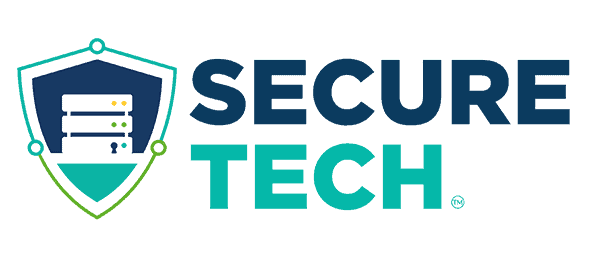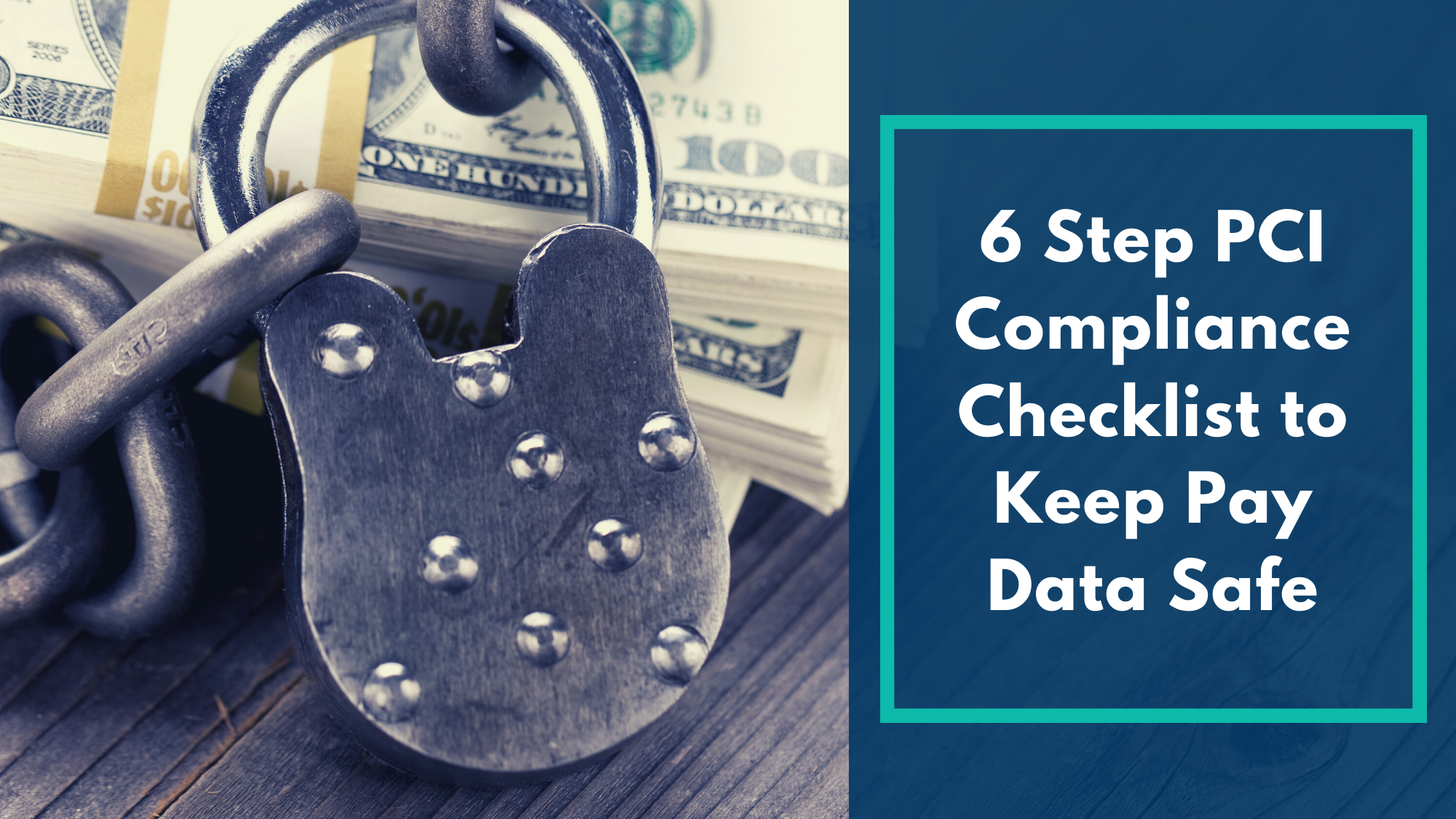Payment information is particularly valuable to hackers. So, with data breaches on the rise, protecting your customer payment data is more essential than ever. Any business that processes card payments needs to meet the Payment Card Industry Data Security Standard established in 2006. Is your business in compliance? Use this PCI compliance checklist to find out.
Limit the amount of data you store
You can mitigate risks by storing as little payment data as possible. As a rule of thumb, unless you need cardholder data for your internal processes or for legal reasons, you should delete it immediately.
PCI requirements also call for not retaining sensitive authentication data. Sensitive auth data includes PINs, validation codes, or data from magnetic stripes for in-person payments.
Build a strong cybersecurity plan
In 2020, data breaches affected over 155 million people. Attackers often target payment data, and credit card fraud went up by over 44% in 2020 compared to the previous year. The need for a cybersecurity plan is stronger than ever.
Your cybersecurity plan should protect your entire network from attacks. You should also have a strategy in place to identify breaches early and respond to them quickly. Lastly, adopting a testing plan and regularly scanning for new vulnerabilities will help you keep improving your cybersecurity efforts.
Secure all payment card information
Another important step to add to your PCI compliance checklist is to secure payment card data in storage and in transit.
You can employ various methods to accomplish this. For instance, you can use a combination of a firewall, malware protection, and access controls to protect the data you store. Encryption is also a good way of protecting data in transit.
Control access to payment systems
Human errors and malicious internal agents shouldn’t be overlooked. It’s best to take a zero-trust approach. A strong control access policy that includes unique IDs for each user and levels of permission-based on each user’s job will keep payment data safe.
You should also review permissions regularly and update them. Plus, businesses that use on-premises storage should take steps to restrict physical access to hardware.
Implement multi-factor authentication
Did you know that compromised credentials were the leading cause of data breaches in 2021? You can add an extra layer of security by implementing multi-factor authentication (MFA) to access payment applications.
Moreover, you should do away with single-use logins. While a single sign-on is convenient for users, it would give an attacker extensive access to your system.
Conduct due diligence for partners and vendors
Internal measures are not sufficient for PCI compliance. You also need to conduct due diligence and ensure the vendors you work with are taking necessary steps to protect sensitive data.
Whether a vendor has access to a fraction of your payment data or oversees the entire payment process, they need to demonstrate that they’re complying with PCI requirements.
Need help with your PCI compliance checklist? Consider working with an MSP
A managed service provider (MSP) can help with different key areas for PCI compliance. You can work with an MSP to identify the risks that are unique to your organization and build a stronger cybersecurity strategy. Together you can create a PCI compliance checklist specific to your business. An MSP can also help you implement solutions like encryption for payment data, MFA, access controls, and more.
Do you need help with PCI compliance? It’s one of the areas we focus on at SecureTech. We’re a San Antonio-based MSP with extensive experience when it comes to helping organizations like yours protect payment data. Contact us today to learn more!

